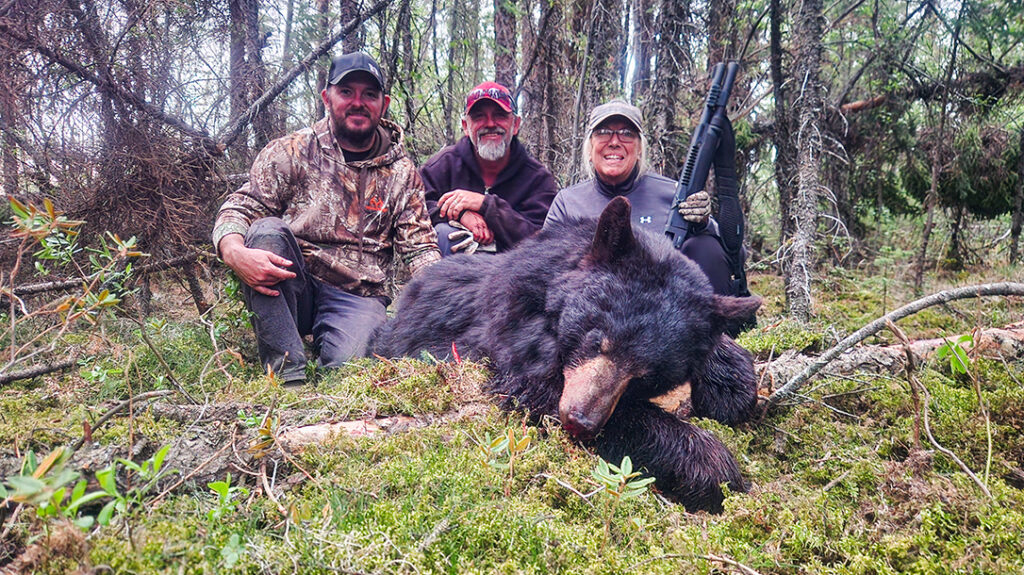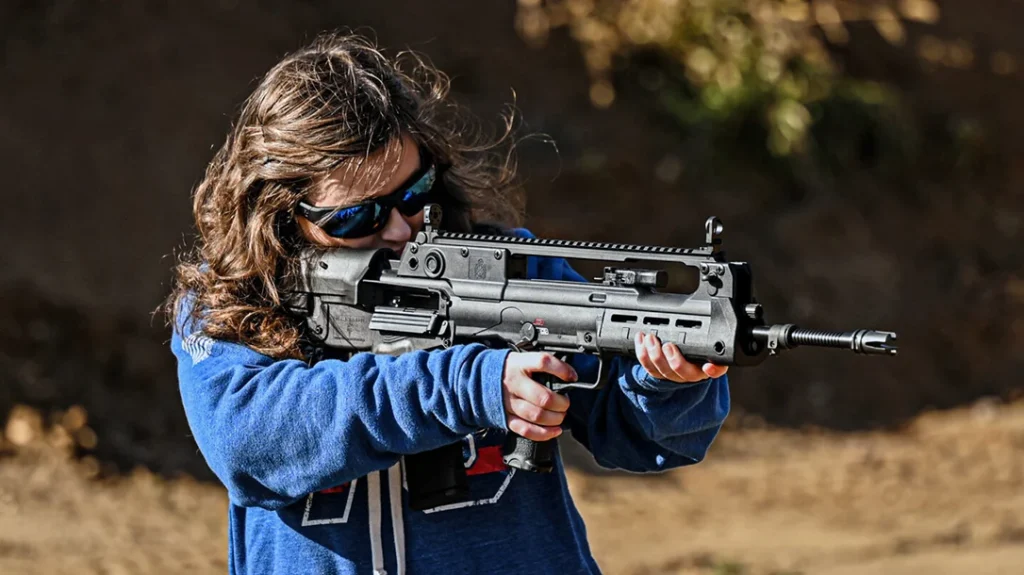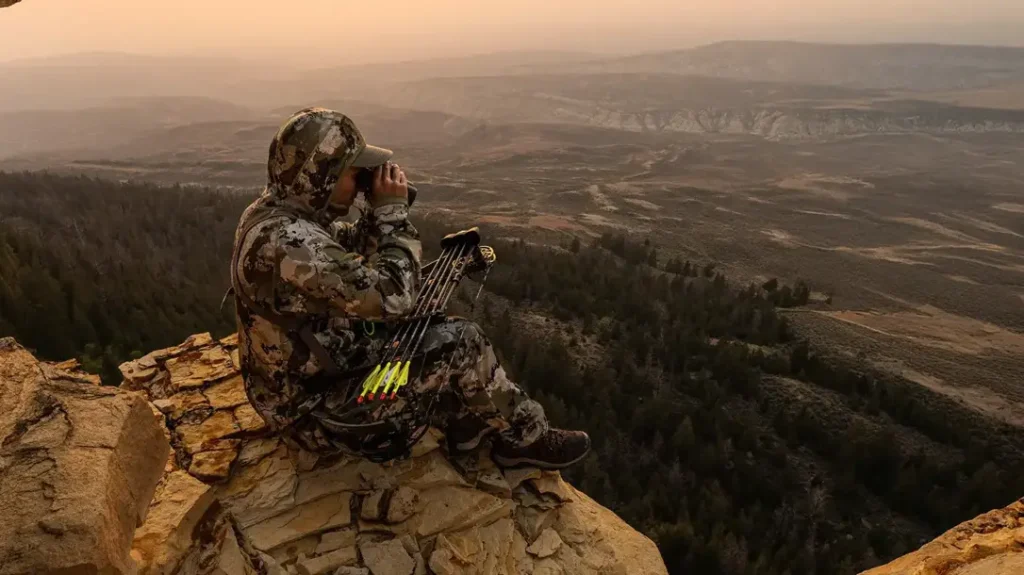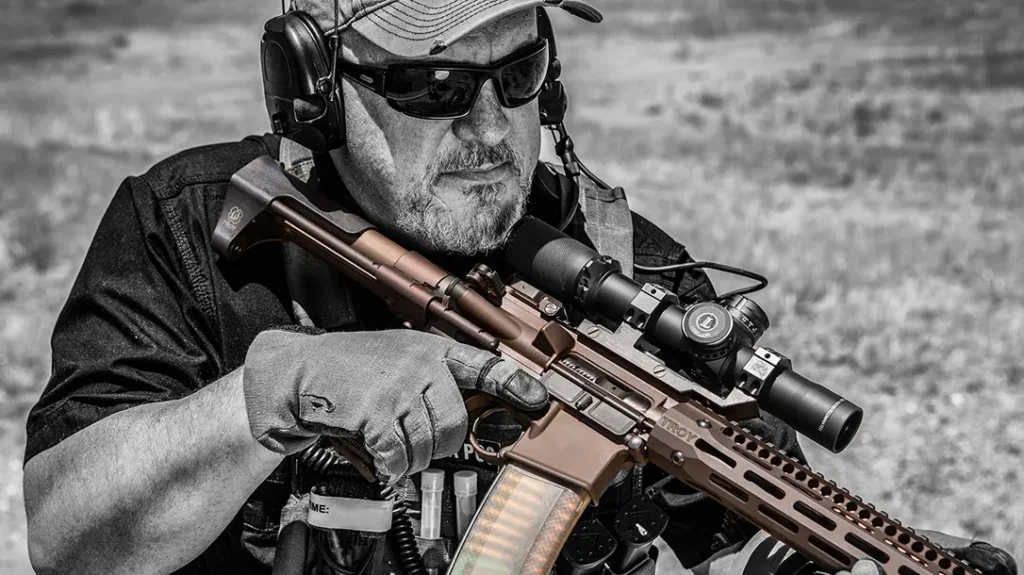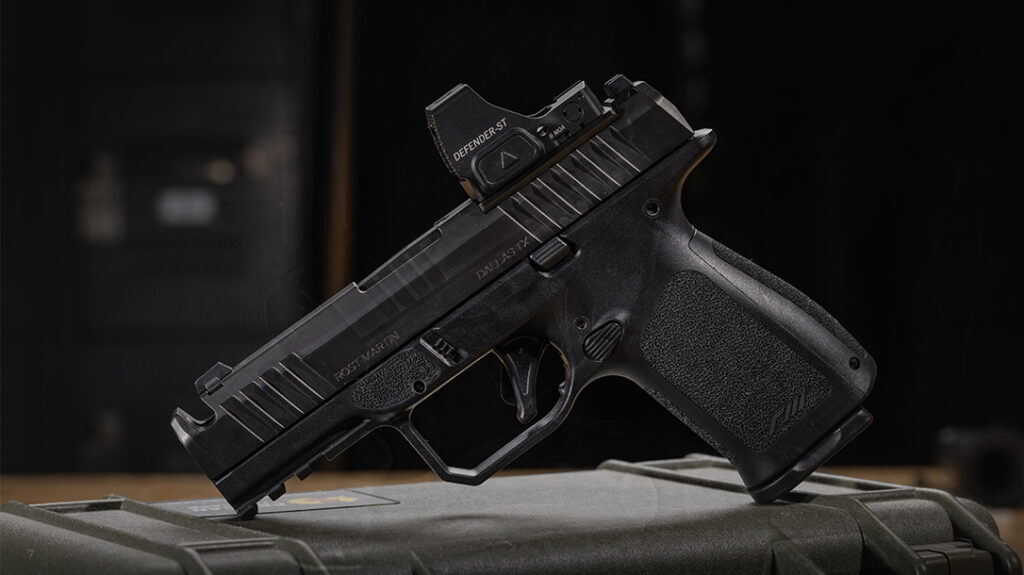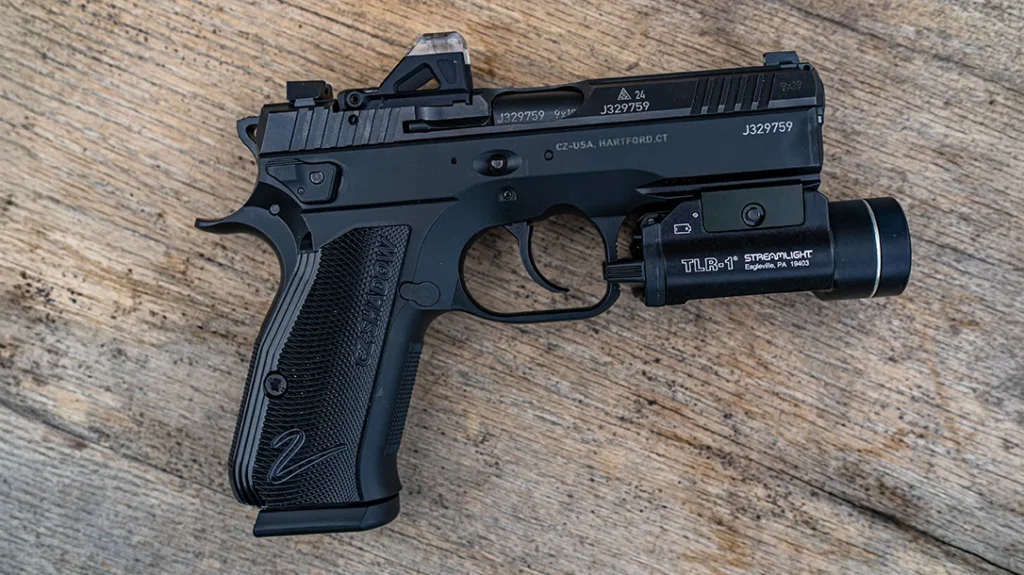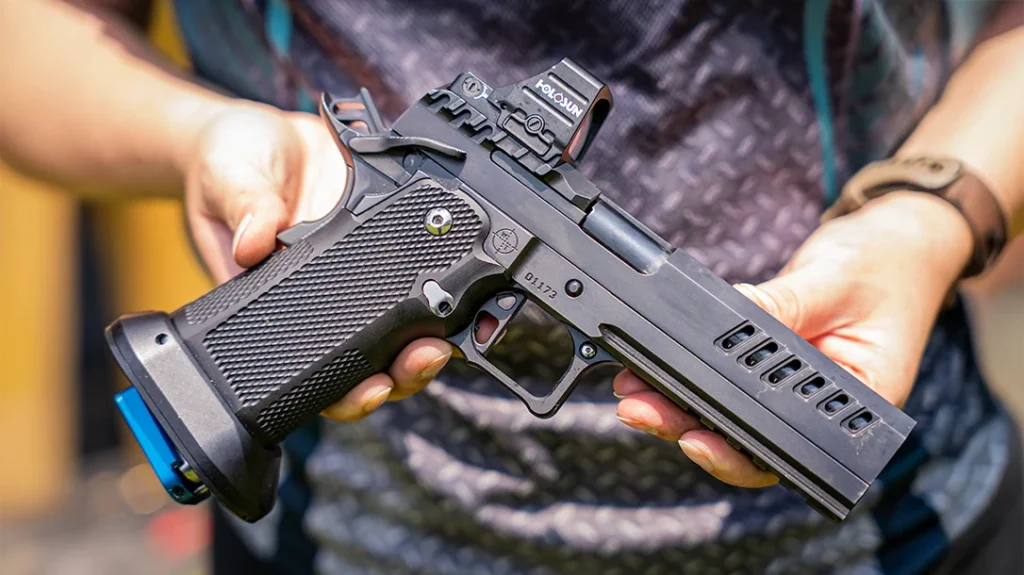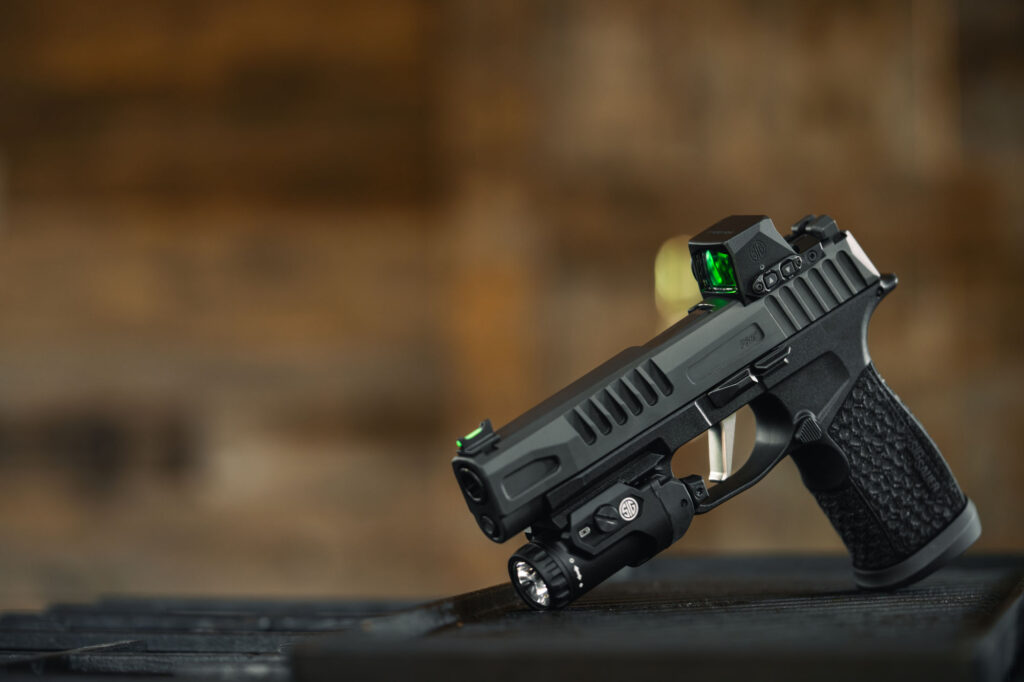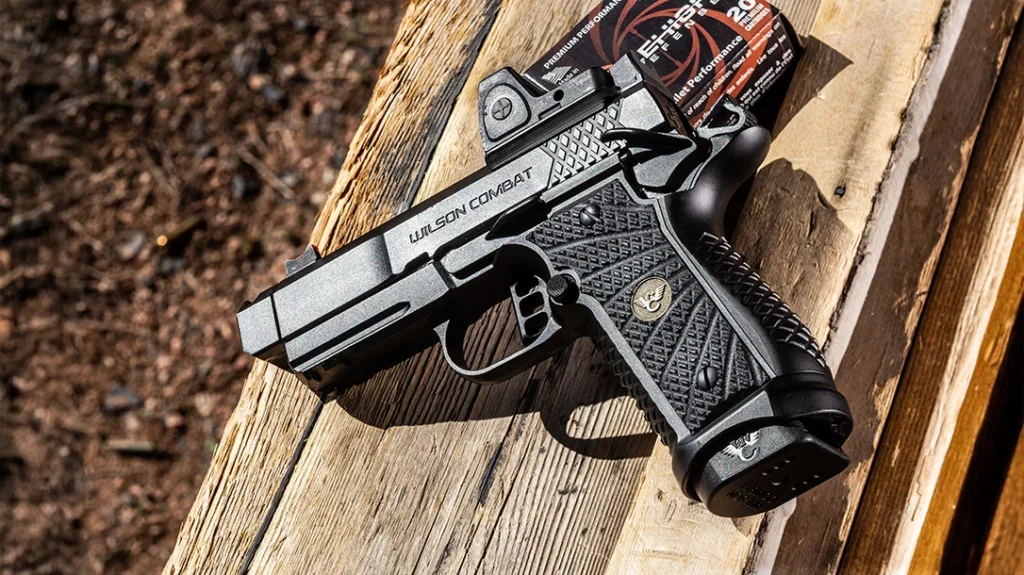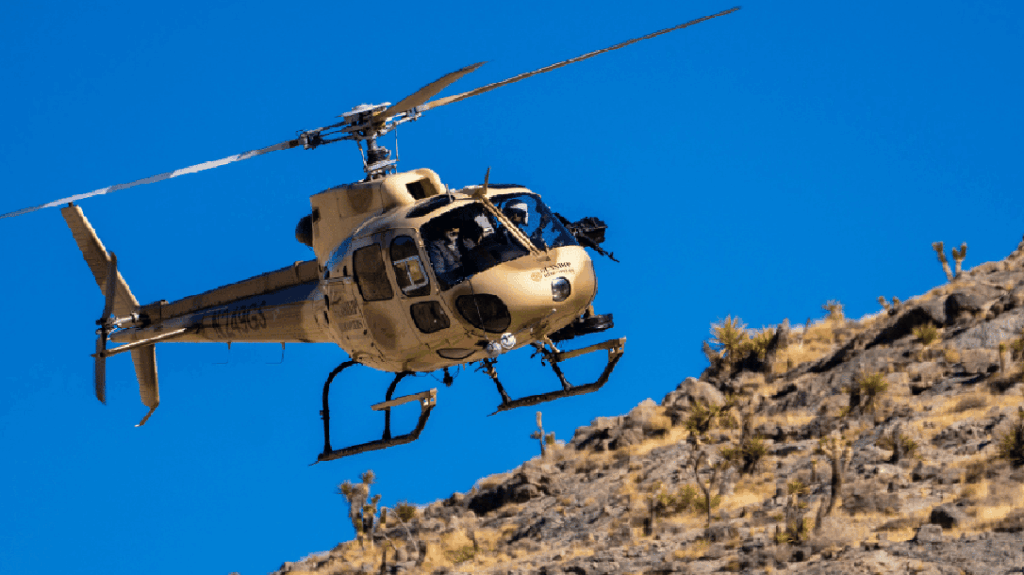More than any other, the pursuit of spring gobblers is a game of tactics and preparation. This means being equipped and being “ready.” Personally I’m not a big fan of making all your hunting experiences into a military operation but there are things you can do to up your game in dealing with those crazy and unpredictable turkeys. Following these rules of what not to do doesn’t mean that every morning will be sunshine and roses and the turkeys will come to you on a string with wild abandon, but believe me, it will help. Gather round class.
You Didn’t Scout Much If At All
I think we usually don’t put enough emphasis on scouting for any game we hunt, turkeys included. Now no doubt it may be less important if you hunt the same farm every year and know the area well. There is a big difference in farmer Brown’s back forty and a big stretch of National Forest that you are not so familiar with.
Large hunks of public land require the most scouting, and this takes time. Make a day of it if you can and the more you visit the area the better. So what are we looking for during scouting?
Advertisement — Continue Reading Below
Other than physically seeing and hearing turkeys (going at gobbling time is a good idea) the sign you see on the ground is important. Scratching in the leaves is what turkeys do to forage for food. They do it in areas of a lot food, like acorns or beechnuts, and they do it as they travel from one place to another.

A large flock of turkeys may leave a lot of scratching in the leaves and you can usually tell which way the flock is going by the way the leaves are pulled back. The condition of the ground where the leaves have been pulled back will give you some idea as to how fresh the scratching is. Moist, dark earth in the scratching usually indicates it is recent, maybe that morning.
Advertisement — Continue Reading Below
After scratching, look for tracks around mudholes and other wet areas. The large tracks of gobblers are easily distinguished from the smaller ones made by hens. While looking for tracks you may see turkey droppings on the ground. A large “J” shaped dropping is most likely a gobbler and hen droppings are usually rounder and popcorn shaped.
In essence, scouting is like hunting, just showing up and doing it will reap big rewards.
You Talk Too Much
Calling wild turkeys is one of the most overemphasized, overrated, and downright lied about topics in the hunting world. (Just my not so humble opinion) In general, and most of the time, a turkey that responds to your calls and comes marching in to get shot was primed to do it that day. Tomorrow he may treat you like he owes you money. Sometimes expert calling tricks may entice a gobbler to come in, but often just a few simple calls are all that is necessary.
Advertisement — Continue Reading Below
If you are a beginner, don’t let the mystical world of turkey calling intimidate you. Learn a few basic calls like a yelp and maybe a cluck and use them sparingly. Experienced callers or those that think they are often just plain call too much. If you call to a gobbler and he answers you, shut up. He heard you, he knows exactly where you are, and he is either going to start your way, or not. Continuous calling when he goes silent is not going to bring him in. If he gobbles again you can answer, but don’t over do it, play hard to get. Be ready, have your gun up and pointed in his direction, and don’t move anything but your eyes.
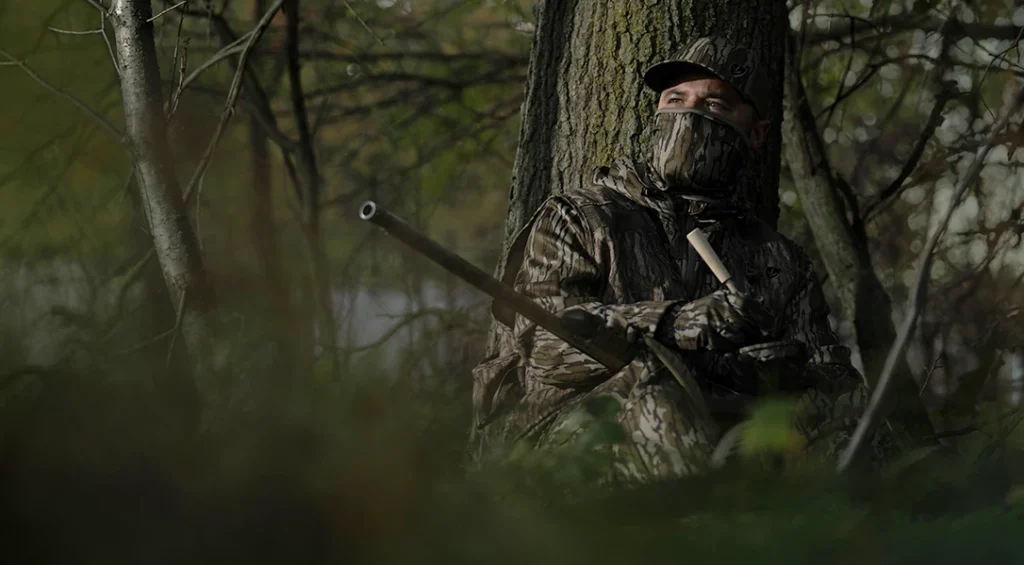
When it comes to calling, less is more.
Advertisement — Continue Reading Below
You Didn’t Pattern Your Shotgun (Again)
For reasons only known in heaven, many turkey hunters don’t bother to adequately pattern their shotgun. This phenomenon continues to amaze me in an age of how we obsess with chokes and various turkey loads. Many hunters still take the view of “you really can’t miss with a shotgun” or they do a quick trip to the range, shoot at a pizza box or piece of cardboard and deem the result “good enough”. This is a recipe for disaster and much heartbreak in dealing with wily gobblers.
The basic premise here is that you need to know how your shotgun is shooting and where the pattern usually goes when you pull the trigger. In general there is a point of aim (POA) where you hold on the target, and a point of impact (POI) which is where the pattern of pellets actually land. Make no mistake they are often not the same. All shotguns do not shoot exactly where they are aimed. If your POA and the POI are not the same there are a couple of things you can do. First, the choke tube and shotshell combination may lend to this situation, change that and see what happens.

Advertisement — Continue Reading Below
More likely the barrel of the shotgun is not shooting true. A shotgun barrel can be straightened by a qualified gunsmith (emphasis on qualified) but you probably don’t want to watch the process. An easier option is to install a sight on the shotgun, such as a red dot optic, or adjustable fiber optic sights. Either one should allow you to adjust, that is “sight in” the shotgun to shoot where you want.
Speaking of that sight in topic, this is how you should think of patterning your shotgun. Go to the range and shoot from a bench just as you would sight in a rifle. Remember usually in spring turkey hunting we are shooting from a sitting position at a stationary target, not standing and swinging on a moving target as in most scattergun shooting.
In short, pattern your shotgun or pay the price.
Advertisement — Continue Reading Below
You Set Up In A Bad Place
Besides moving at the last minute when a turkey is coming in, I would put this high on the reasons for failure. The textbook set up is of course that you sit slightly above the turkey or on his level. Many of us do OK with this part but the actual terrain where you are sitting and the foliage at our set up may kill the deal for you before you get started. Remember you can’t make a turkey walk through a place where he wouldn’t go normally. Rhododendron thickets and large blowdowns are roadblocks to turkeys and they will not pass through these. If you can situate yourself so the lay of the land allows the gobbler to approach and about the time he would be visible he is in gun range. We all want to “see a gobbler come strutting in” from a distance but having the turkey pop up in gun range will get you more turkey dinners.
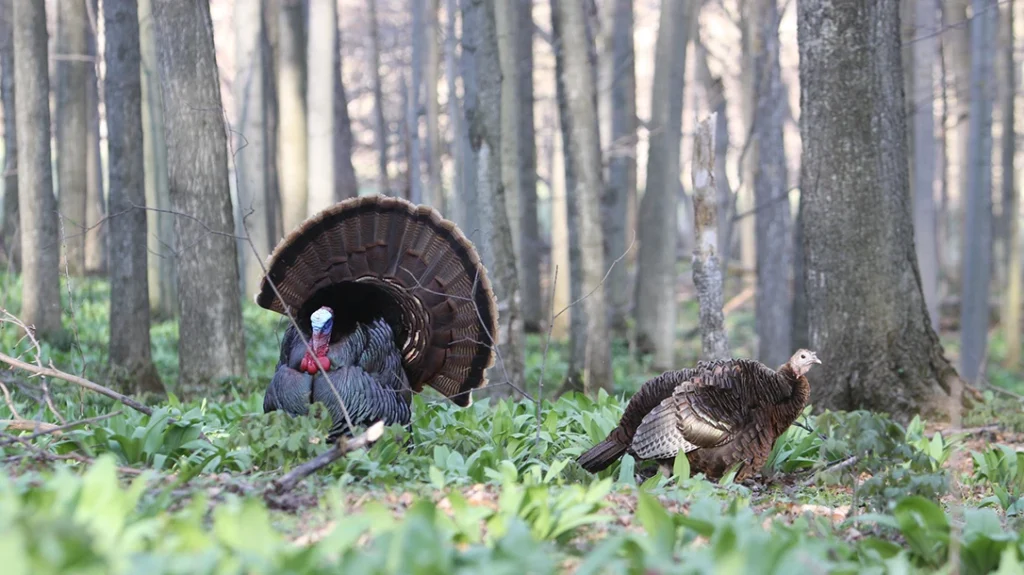
You Didn’t Sit Still
The ability to sit still and not move is one of the most important skills that any hunter can learn, doubly so for turkey hunters. A wild turkey has eyesight many times better than we humans, and they see everything around them. An old turkey hunter adage says “a turkey can see through a thick rock”. Once the gobbler comes into view he will detect any movement you make. You can learn to adjust the gun barrel slightly if the turkey goes behind cover such as large trees or brush piles. This is tricky business and is a learned skill. Head bobbing, twitching, and mosquito swatting while you are waiting to spot an approaching turkey will get you busted every time.
EXTRA: Fiocchi Golden Turkey Shot
The turkey gun and ammo landscape has changed vastly over the last few years. Once upon a time we used the same shotgun and sometimes the same ammo for ducks, rabbits, squirrels, pheasants, and turkeys. Not anymore. Almost all hunters now have a designated turkey gun and the array of turkey shotgun shells is dazzling. Not so many years ago the use of tungsten for shot pellets came on the scene and the world will never be the same. Dubbed as “Tungsten Super Shot” (TSS) this type of shot turned the turkey shotshell world upside down. In short, because of its extreme hardness and density, TSS allows for longer ranges as it patterns better than lead, (less shot deformation) and we can load smaller size shot (#9’s instead of #6’s) which allows for a huge number of shot and incredible patterns.
Having said all this, lead shot is still very effective if we stay within the accepted ranges. If you are going to keep your turkeys within the 40 yard line or closer, there is nothing wrong with lead, if you are going to venture farther than that, you may want to look at TSS.
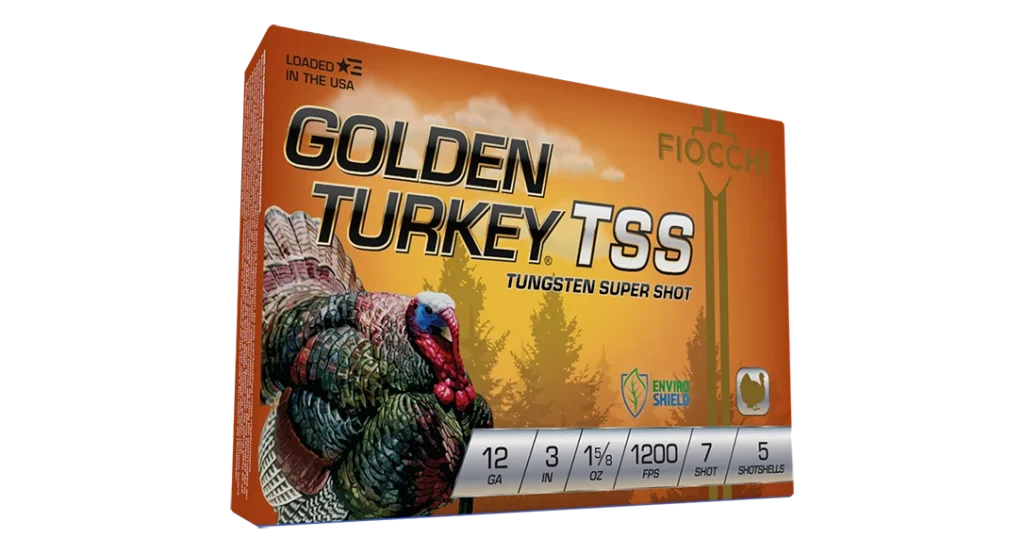
Fiocchi Ammunition offers good loads in both of these realms with the Golden Turkey Nickel Plated Lead Shot in number #4, #5, and #6 loads, and the Golden Turkey TSS shotshells in #7’s and #9’s. All of these loads are available in 12, 20, 28, and .410.

